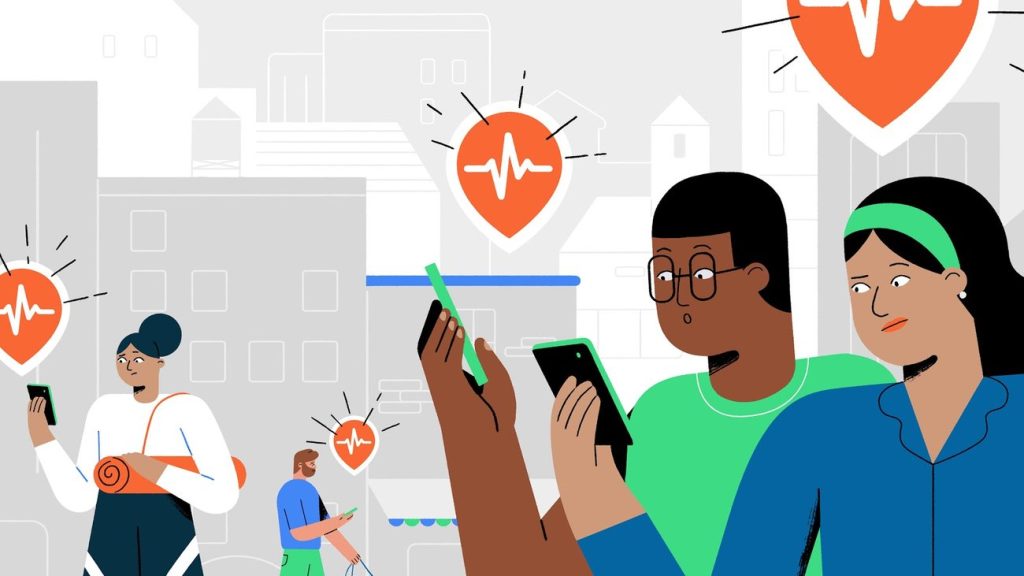What if your phone could warn you of an earthquake before it happens? Thanks to a groundbreaking system launched by Google in 2021, Android smartphones now act as a global network of seismic sensors, using their built-in accelerometers to detect the faint initial tremors of an earthquake and alert users often seconds before the real shaking begins. This innovation has been rolled out to 98 countries, reaching billions of users.
How It Works: Turning Data into Warnings
When stationary, an Android phone’s accelerometer constantly monitors movement. At the first sign of P-waves the initial, less destructive seismic waves phones send encrypted, anonymized signals to Google’s central system. When multiple devices in a region report similar disturbances, the system rapidly triangulates the epicenter and magnitude, then sends out alerts categorized by urgency:
- BeAware: a gentle alert notifying users of potential shaking
- TakeAction: a emergency alert breaking through silent modes with explicit instructions like Drop, Cover, and Hold On
These warnings appear on-screen with sound, providing crucial seconds sometimes up to a minute to brace or seek safety.
Real-World Results: Speed, Accuracy, Trust
Over thousands of earthquakes since its launch, the system has produced remarkably few false alarms and has proven nearly as reliable as traditional seismographic networks. Key achievements include:
- Detection of more than 1,200 quakes globally
- Delivery of alerts with a mean false-positive rate under 0.3%
- Approximately 85% of recipients confirmed ground shaking
- About 36% received alerts before shaking hit
In many cases, even a few seconds’ notice can enable users to take protective action and reduce injuries.
Expanding Reach: Safety Even Where Networks Don’t Exist
The brilliance of this system lies in its decentralized nature. It doesn’t require dedicated seismograph installations only existing smartphones. This makes it especially powerful in regions that lack traditional earthquake-monitoring infrastructure, offering a simple, software-based safety layer that’s deployed globally by default.
Continuous Improvement and Future Prospects
The system’s accuracy continues to improve, particularly in estimating earthquake magnitude and reducing delays. Broader data collection from diverse phone models and regions enhances its algorithms. Future developments may include:
- Integration with traditional alerts for broader coverage
- Community-generated shake maps to aid emergency response
- Features enabling automated notifications to first responders or vulnerable populations
With each seismic event, the platform learns, optimizes, and becomes more capable.
Conclusion: A Subtle Revolution in Disaster Response
No one expected their phone to double as a seismic sensor, but Android’s earthquake alert system is quietly rewriting the landscape of disaster preparedness. By transforming billions of devices into collaborative earthquake detectors, Google has democratized early warning offering life-saving seconds to millions. As the system evolves, it may not only save lives but redefine how we collectively prepare for and respond to natural disasters.



Comments (0)
No comments yet. Be the first to comment!
Leave a Comment